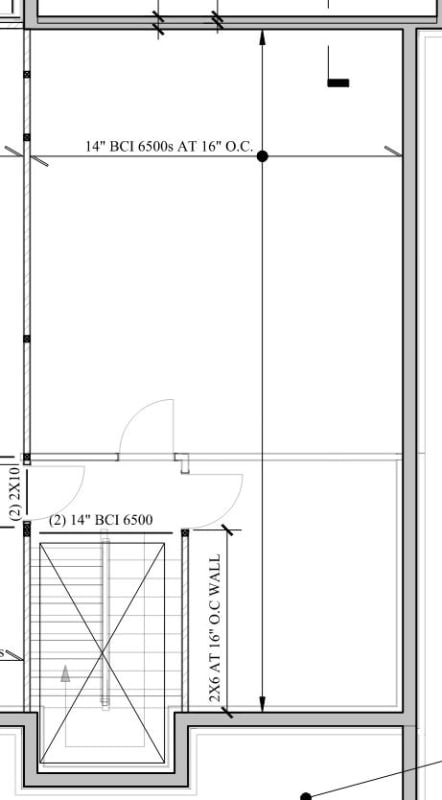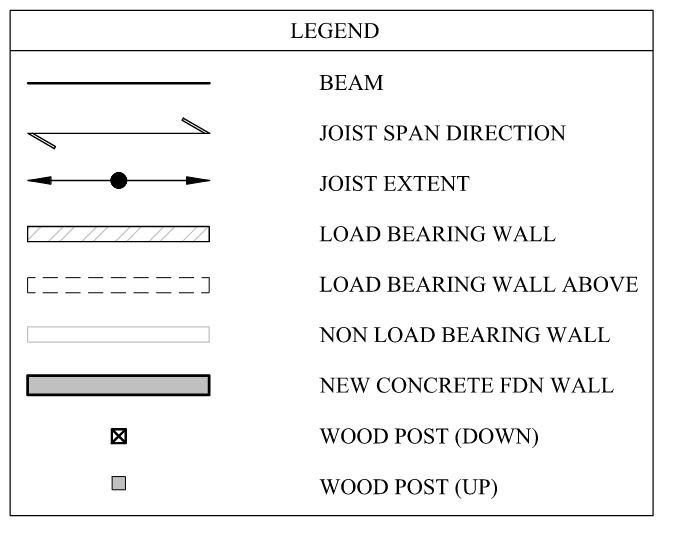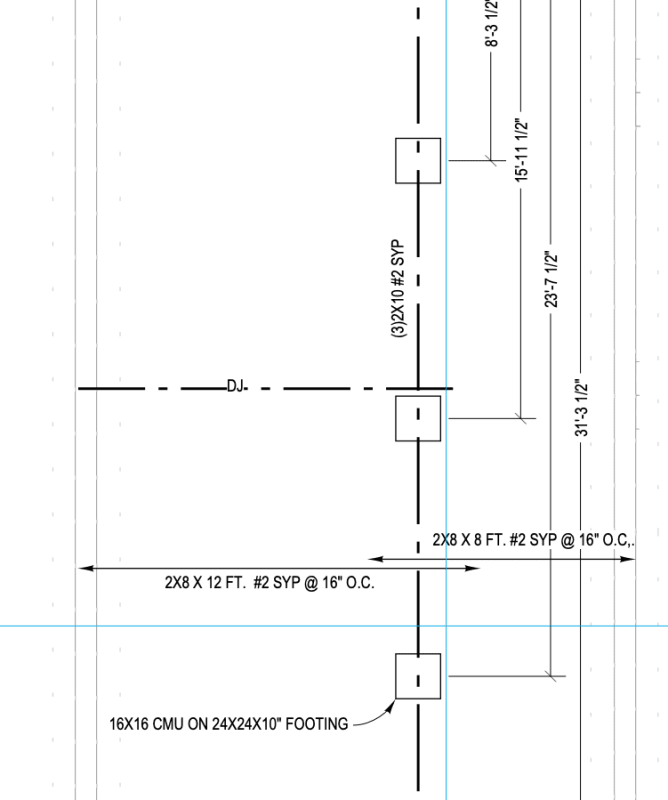How do you all show joists for residential projects? I gained the majority of my experience in CT and NY and around there everyone shows the joists as harpoons. I am now practicing in GA and I am seeing most "architectural designers" (ie: unlicensed architects playing architect)drawing each individual joist on plan. This is a headache to look at to me but I am finding out that many contractors down here just cannot understand how to read my legend and figure out which way the joists go. Now I'm not sure if I'm crazy or if they're illiterate.
Here's how I have been showing joists for years with a legend included on every plan. Again, no problems before moving to GA!


Here's how I have been showing joists for years with a legend included on every plan. Again, no problems before moving to GA!



